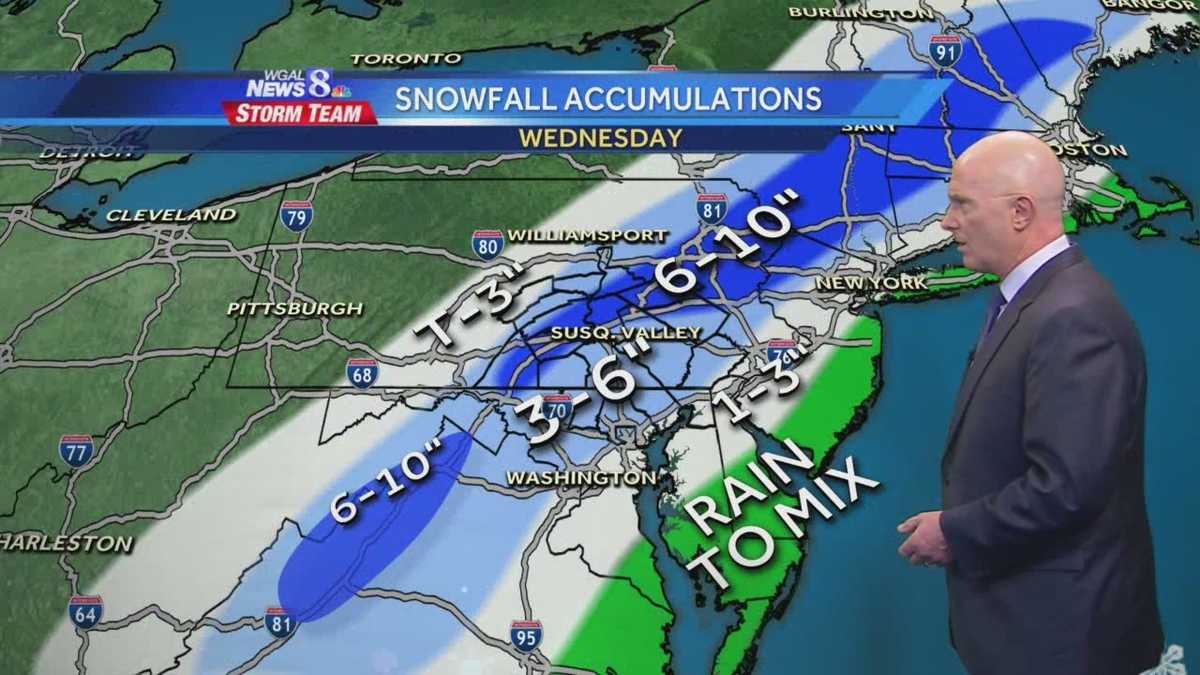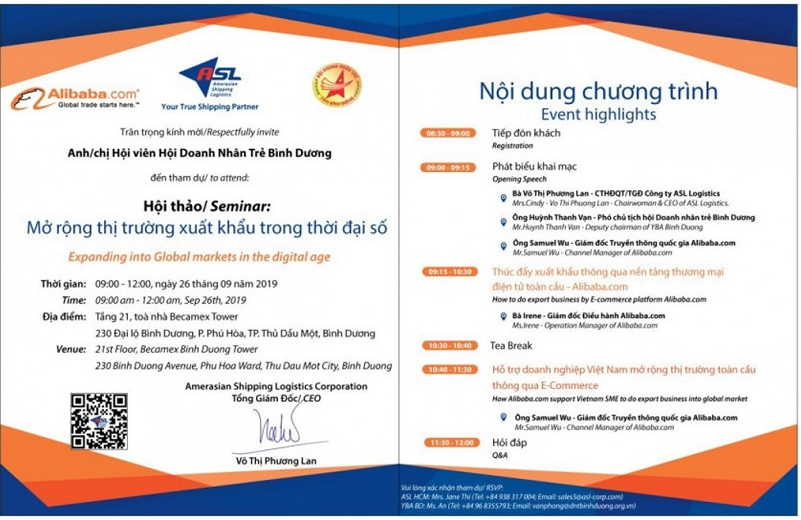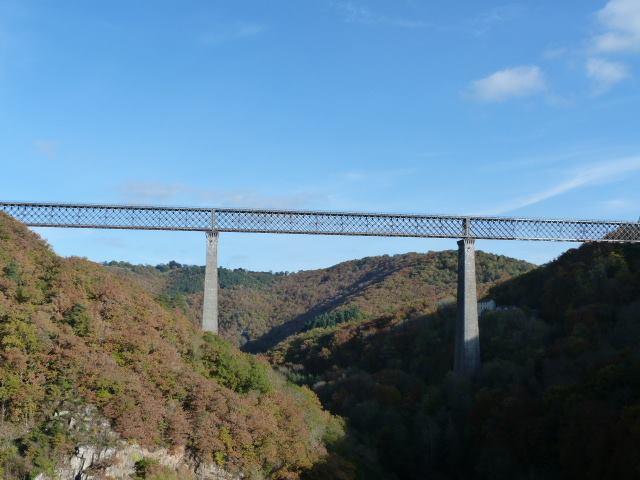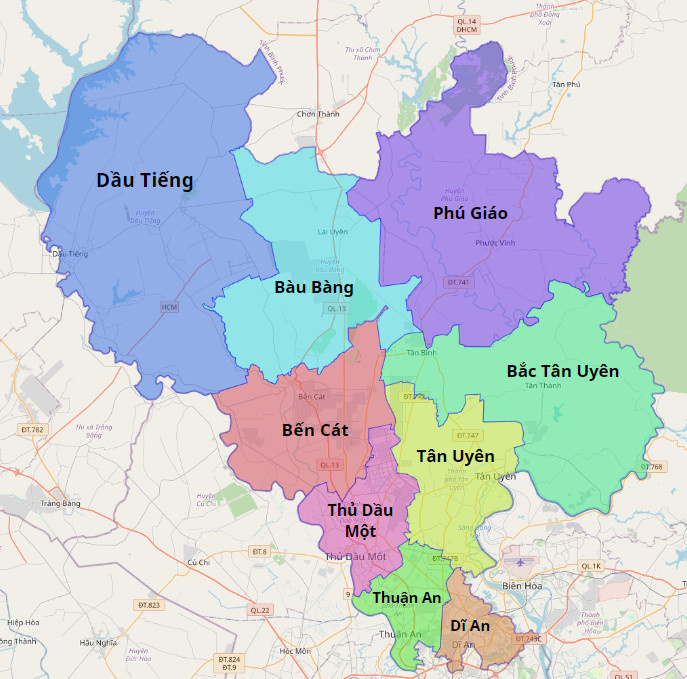Understanding And Mitigating Susquehanna Valley Storm Damage

Table of Contents
Common Types of Storm Damage in the Susquehanna Valley
The Susquehanna Valley's geography makes it vulnerable to a variety of severe weather phenomena. The Susquehanna River itself is a major factor, contributing to significant flooding. Additionally, the region experiences heavy rainfall, strong winds, and occasional ice storms, all capable of inflicting substantial damage.
Flood Damage
Susquehanna River flooding is a recurring threat, capable of causing catastrophic damage to homes and businesses. Rising water levels swiftly inundate properties, leading to extensive water damage, the destruction of belongings, and structural damage from the force of the water and debris. The aftermath often involves costly flood damage repair, including mold remediation and structural repairs. Erosion caused by floodwaters can further destabilize foundations and land. Past events like the 2011 Susquehanna River flood serve as stark reminders of the devastating consequences.
- Impact: Water damage to basements, ground floors, and personal belongings.
- Consequences: Structural instability, mold growth, loss of property and possessions.
- Mitigation: Flood insurance, elevation of structures, improved drainage systems.
Wind Damage
High winds accompanying severe storms in the Susquehanna Valley can cause significant damage to structures, trees, and power lines. Falling trees represent a major hazard, often causing roof damage, crushing vehicles, and even injuring or killing people. Flying debris, from unsecured outdoor furniture to construction materials, adds to the risk. Proper tree maintenance, including regular pruning and removal of dead or diseased branches, is vital. Securing or storing loose objects before a storm is also crucial to minimizing wind damage.
- Impact: Roof damage, broken windows, downed trees, power outages.
- Consequences: Structural damage, property loss, potential injury or death.
- Mitigation: Secure outdoor objects, regular tree maintenance, strengthening roof structures.
Ice Storm Damage
Ice storms, though less frequent, can be incredibly destructive. The weight of accumulating ice on power lines causes widespread power outages, while ice-laden branches snap and fall, causing damage to structures and posing a significant safety hazard. Hazardous road conditions due to ice further complicate rescue and recovery efforts.
- Impact: Power outages, downed power lines, broken tree branches, hazardous road conditions.
- Consequences: Extended power outages, difficulty in accessing emergency services, travel disruptions.
- Mitigation: Power outage preparedness, winter storm preparedness kits, careful driving in icy conditions.
Preparing for Susquehanna Valley Storms
Proactive preparation is key to minimizing the impact of Susquehanna Valley storms. A well-defined plan encompassing pre-storm actions, during-storm safety measures, and post-storm recovery strategies can significantly reduce the risks and consequences of these events.
Pre-Storm Preparation
Before a storm hits, it's essential to take proactive steps to protect your property and family. This includes:
- Creating an emergency kit: Stockpile essential supplies, including water, non-perishable food, first-aid kit, medications, flashlights, and a battery-powered radio.
- Developing an evacuation plan: Identify safe evacuation routes and designated meeting points for family members.
- Securing loose objects: Bring outdoor furniture, grills, and other loose items inside to prevent them from becoming projectiles during high winds.
- Protecting your home: Board up windows if necessary, clear gutters and downspouts, and trim trees near your home.
- Adequate Insurance Coverage: Ensure you have adequate homeowners or renters insurance, including flood insurance if you live in a flood-prone area.
- Monitoring Weather Alerts: Stay informed by monitoring weather forecasts and alerts from the National Weather Service and local authorities.
During the Storm
During a storm, prioritize safety:
- Stay indoors: Avoid going outside unless absolutely necessary.
- Avoid flooded areas: Never attempt to drive or walk through flooded areas, as the water may be deeper or faster-moving than it appears.
- Be aware of downed power lines: Treat all downed power lines as live and dangerous.
- Monitor weather updates: Stay informed about the storm's progress and heed any official instructions or warnings.
Mitigating Susquehanna Valley Storm Damage: Post-Storm Actions and Long-Term Solutions
Effective post-storm actions and long-term mitigation strategies are crucial for minimizing the impact of future storms. A swift and organized approach to damage assessment and cleanup is essential, followed by the implementation of long-term preventative measures.
Post-Storm Assessment and Cleanup
After the storm, assess the damage carefully:
- Check for structural damage: Inspect your home for any signs of damage to the foundation, roof, or walls.
- Assess flooding: If there's been flooding, check for water damage, mold, and electrical hazards.
- Inspect electrical systems: Before using any electrical appliances, ensure that the electrical system is safe.
- Document damage: Take photos and videos of the damage for insurance purposes.
- Contact relevant authorities: Report any damage to local authorities and your insurance company.
Long-Term Mitigation Strategies
Reducing vulnerability to future storms requires proactive long-term strategies:
- Elevate structures: If you live in a flood-prone area, consider elevating your home or building on stilts.
- Improve drainage: Implement measures to improve drainage around your property, such as installing drainage systems or swales.
- Strategic tree planting: Plant trees strategically to help break wind and prevent erosion.
- Community preparedness: Participate in community preparedness programs and initiatives.
- Government initiatives: Explore local and federal government programs that offer assistance with flood mitigation and storm preparedness.
Conclusion: Protecting Your Home and Business from Susquehanna Valley Storm Damage
Understanding the types of storm damage prevalent in the Susquehanna Valley, preparing adequately before a storm, adhering to safety guidelines during the storm, and implementing effective post-storm actions are crucial steps in protecting your property and family. By combining preemptive measures with long-term mitigation strategies, you can significantly reduce your vulnerability to future Susquehanna Valley storm damage. Take proactive steps today to create a personalized storm preparedness plan and implement long-term mitigation strategies. For further resources and assistance, check with your local emergency management agency and insurance provider. Don't wait until the next storm hits – protect your home and business now!

Featured Posts
-
 Su Kien Chay Bo Hon 200 Nguoi Kham Pha Dak Lak And Phu Yen
May 22, 2025
Su Kien Chay Bo Hon 200 Nguoi Kham Pha Dak Lak And Phu Yen
May 22, 2025 -
 Dexter New Blood Blu Ray Steelbook Revealed A Collectors Guide
May 22, 2025
Dexter New Blood Blu Ray Steelbook Revealed A Collectors Guide
May 22, 2025 -
 Le Theatre Tivoli De Clisson Selectionne Au Loto Du Patrimoine 2025 Images Et Presentation
May 22, 2025
Le Theatre Tivoli De Clisson Selectionne Au Loto Du Patrimoine 2025 Images Et Presentation
May 22, 2025 -
 Unpacking The Allegations Surrounding Blake Lively
May 22, 2025
Unpacking The Allegations Surrounding Blake Lively
May 22, 2025 -
 Tuyen Duong Cau Noi Binh Duong Tay Ninh Dia Diem And Dac Diem
May 22, 2025
Tuyen Duong Cau Noi Binh Duong Tay Ninh Dia Diem And Dac Diem
May 22, 2025
Latest Posts
-
 Steelers Fans Reaction To Potential Ireland Opponent
May 22, 2025
Steelers Fans Reaction To Potential Ireland Opponent
May 22, 2025 -
 Potential Ireland Game Bad News For Steelers Fans
May 22, 2025
Potential Ireland Game Bad News For Steelers Fans
May 22, 2025 -
 Aaron Rodgers Steelers Training Camp Appearance A Deeper Look
May 22, 2025
Aaron Rodgers Steelers Training Camp Appearance A Deeper Look
May 22, 2025 -
 Steelers Facility Visit Aaron Rodgers Potential Move To Pittsburgh
May 22, 2025
Steelers Facility Visit Aaron Rodgers Potential Move To Pittsburgh
May 22, 2025 -
 Aaron Rodgers At Steelers Training Camp Speculation And Analysis
May 22, 2025
Aaron Rodgers At Steelers Training Camp Speculation And Analysis
May 22, 2025
